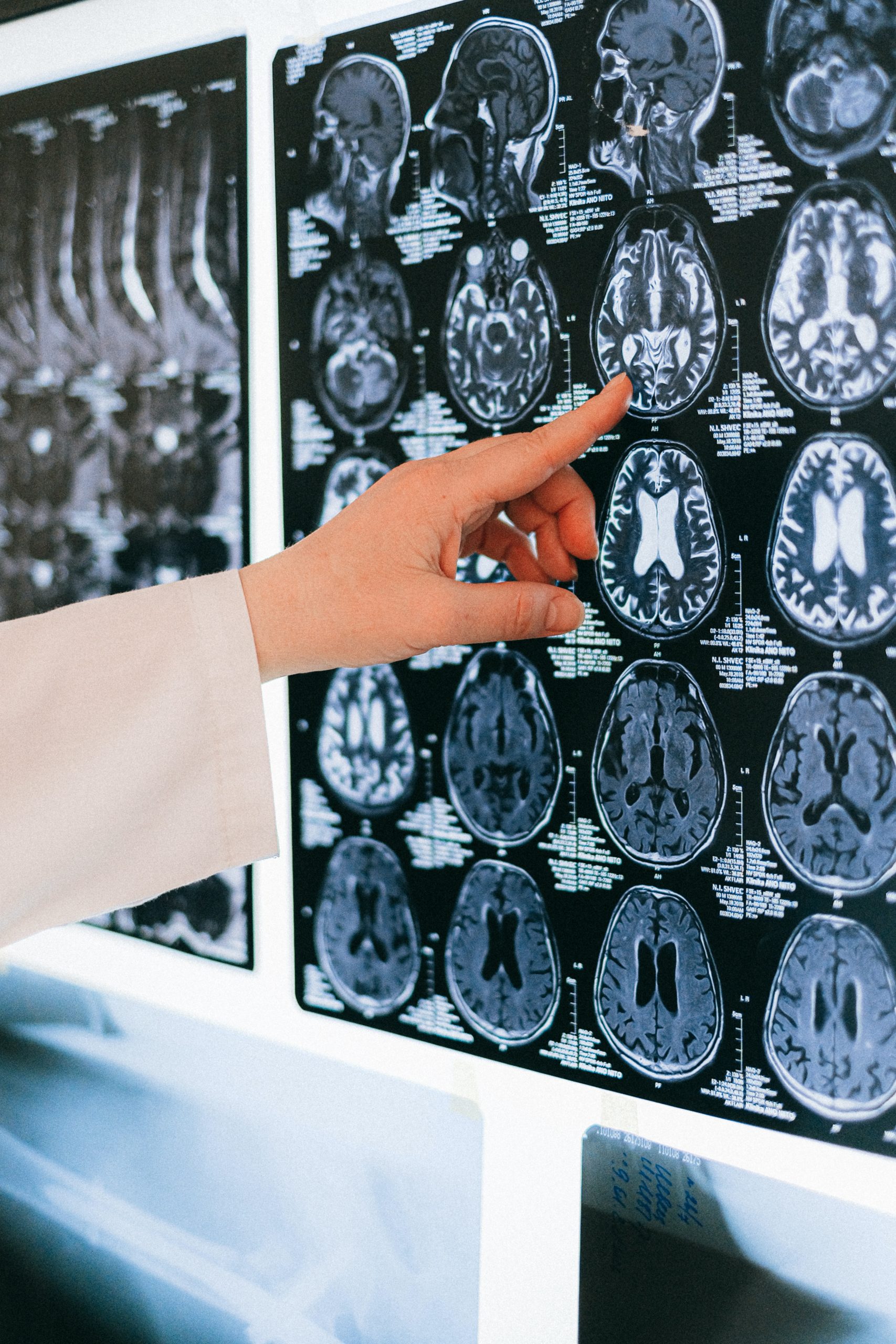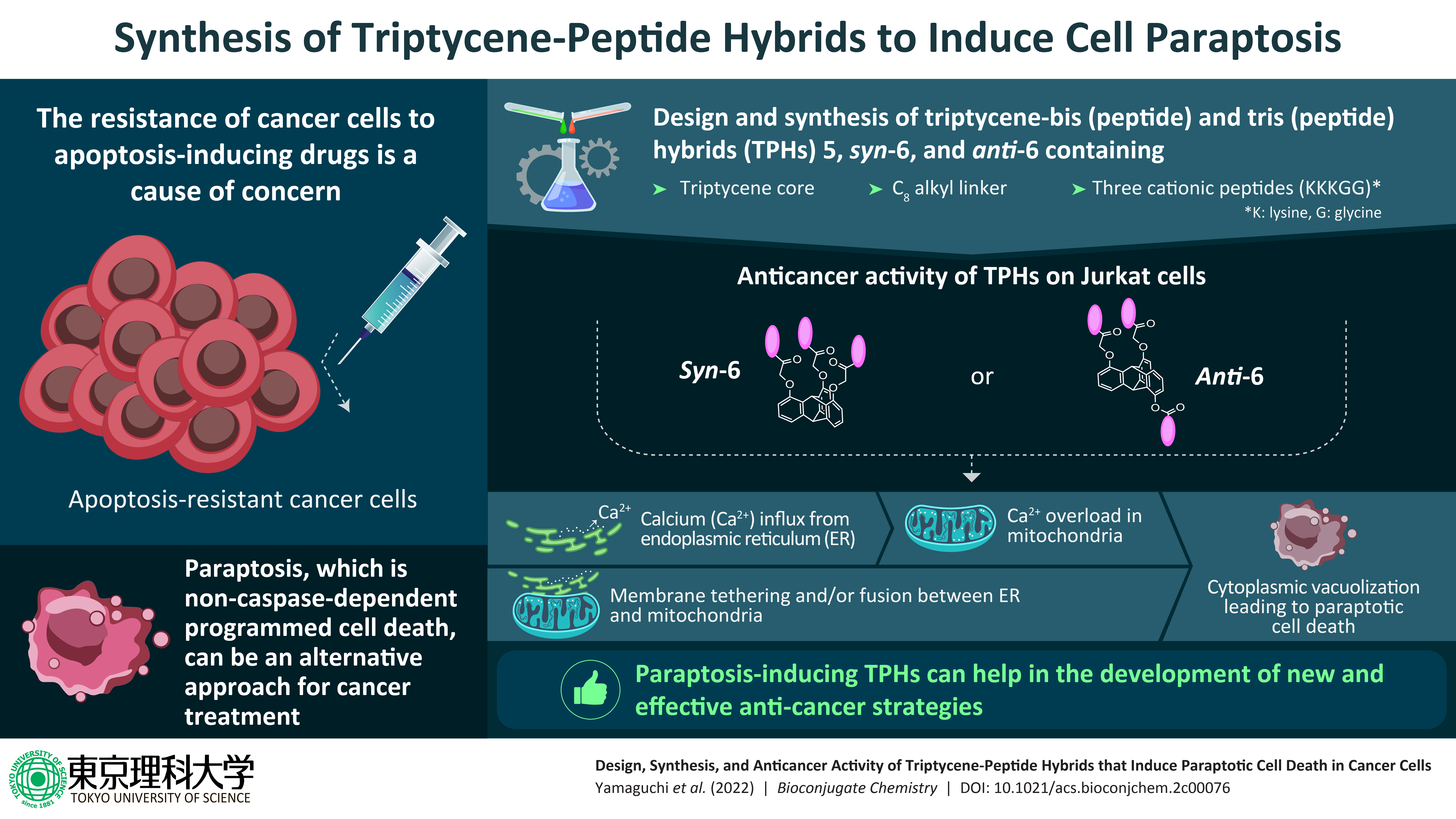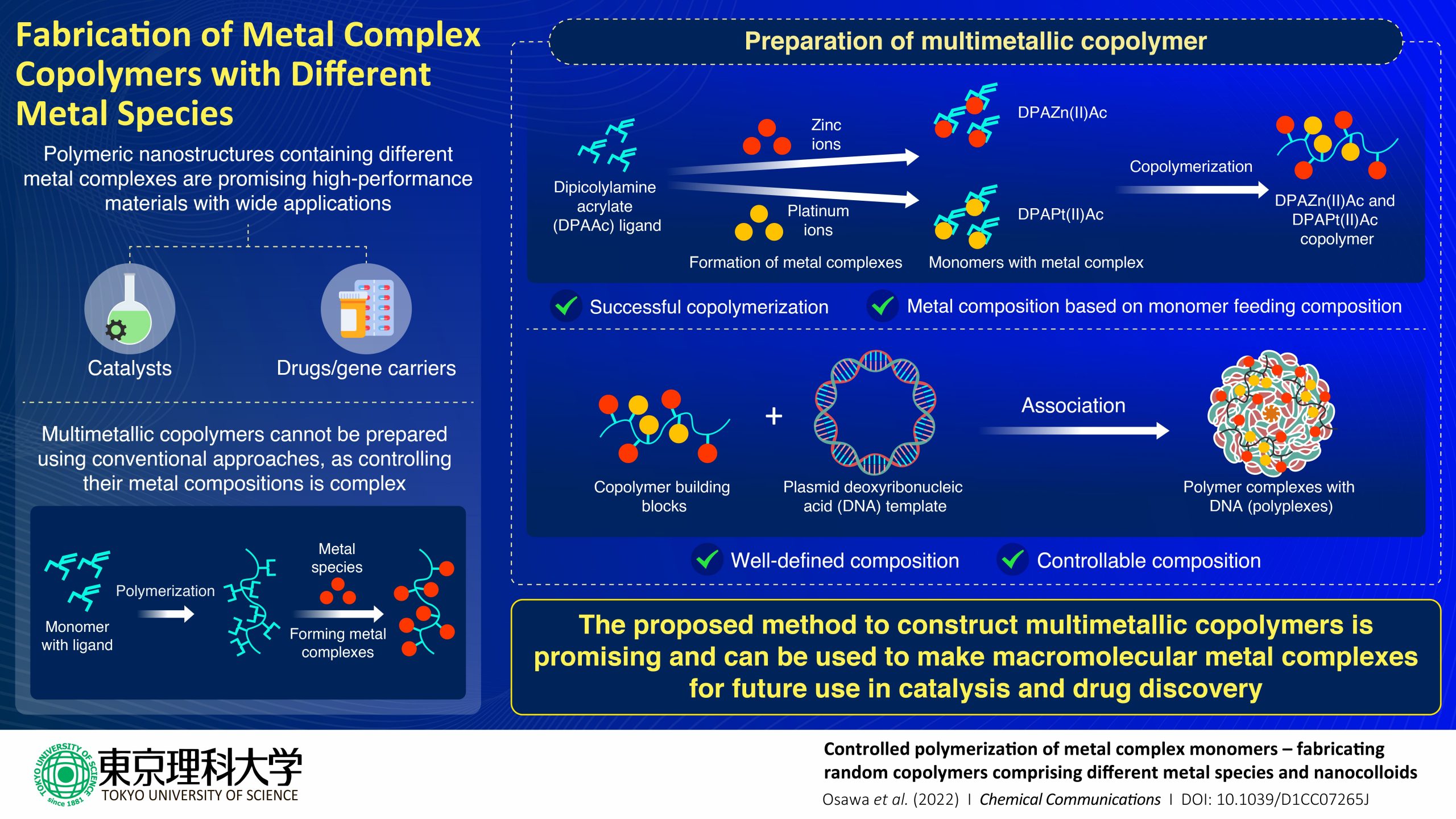In 2017, the Japanese party system took a dramatic turn when the major opposition party split, turning the election into a three-way contest. Long-dormant policy disagreements prompted legislators to switch parties. To understand why, researchers from Japan have recently analyzed post-electoral expert survey data. Their findings reveal both the reasons for the separation and the basis for party cohesion, offering valuable insights into party unity and cohesion.
The transformation of party politics in Japan has been marked by an array of sensational events, from the dominance of the Liberal Democratic Party (LDP) to party fragmentation. Individual legislators switch parties for a number of reasons, including policy considerations. The payoffs from “party switching” are closely linked to electoral and party systems, leading to a shift in the dynamics of party competition.
In Japan, such a situation of party switching was witnessed before the 2017 election. The founding leader of a new party, “Hope,” aggressively politicized an inactive debate regarding defense policy. Several members were persuaded to join the Hope, resulting in the collapse of the largest opposition group, “Minshin,” into three parties. However, there remains a lack of explanation as to why the long-dormant disagreement culminated in such a severe rupture.
To uncover the underlying rationale, a Japanese research group consisting of Junior Associate Professor Tomoko Matsumoto of Tokyo University of Science, Associate Professor Hiroki Kubo of Meiji Gakuin University, and Professor Kentaro Yamamoto of Hokkai-Gakuen University, examined responses on “issue position” and the “salience of party policies” from an expert survey conducted shortly after the 2017 general elections. Speaking of the motivation of the study, Dr. Matsumoto says, “The frequent breakdowns of opposition parties have created uncertainty among voters. By analyzing the expert survey, we hope to understand the structure of oppositional party policies in Japan.” Their seminal study was recently published in Japanese Journal of Political Studies.
The researchers began by assessing the expert responses using the “differential-item functioning (DIF)” analysis of “Aldrich-McKelvey” scaling. They next employed “Blackbox transpose” scaling to examine the multidimensional nature of the issue stances. One important point raised by this study is that traditional DIF analysis assumes diversity in responses is due to perceptional limitations and biases. However, the diversity in this case meant that the parties were unable to discern and convey their policy positions. As a result, a corrected version of the DIF analysis is required. “When we performed the corrected DIF analysis, we realized that the corrected value differed from the average value of the raw data obtained from the responses. In other words, the importance of using responses after rectification was reaffirmed,” reveals Dr. Matsumoto. “This is a huge revelation since online surveys are increasingly being used for scientific research.”
The results revealed a strong discord among the splinter parties over defense policy. However, their opinions on the environment, decentralization, and other policies clearly coincided. This was most likely the foundation for the main opposition camp’s unity. Furthermore, DIF analysis revealed considerable differences in expert responses on the relevance of defense policy. As a result, the rapid politicization of defense policy may have contributed to its relevance, which in turn led to the split.
Although the study showed that the major opposition separated over defense policy disagreements, it also showed that splinter opposition parties agreed on environmental and decentralization policies. Dr. Matsumoto concludes, “Our findings suggest that party switching is triggered not just by policy disagreement, but also by the decision of which policy is politicized. This may help us comprehend the future dynamics between the ruling and opposition parties.”
Party competition and party systems are critical facets of parliamentary democracies. These findings go a long way towards improving our understanding of these political structures.
***
Reference
Title of original paper: Party Switching and Policy Disagreement: Scaling Analysis of Experts’ Judgement
Journal: Japanese Journal of Political Studies
DOI: https://doi.org/10.1017/S1468109922000160






.jpg)






